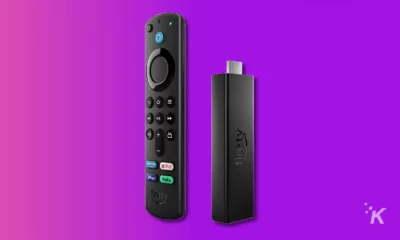Amazon
Amazon’s satellite project gets a makeover
Leo, as in low-Earth orbit, the cosmic neighborhood where the satellites actually live.

Just a heads up, if you buy something through our links, we may get a small share of the sale. It’s one of the ways we keep the lights on here. Click here for more.
Amazon’s satellite internet effort has officially shed its old codename, “Project Kuiper,” and emerged with a sleeker, simpler identity: Leo.
Yes, “Leo,” as in low-Earth orbit, the cosmic neighborhood where the satellites actually live.
It’s a practical name, sure, but the rebrand comes with something else: a subtle but very noticeable shift in tone about who this network is really for.
Back when the project launched in 2019, Amazon pitched Kuiper as a noble, connectivity-for-the-people initiative, a broadband Robin Hood aimed at “unserved and underserved” communities.
Its FAQ page was practically a love letter to affordability, name-dropping low prices and comparing future service costs to Echo Dots and Fire TV Sticks.
In Amazon-speak, that’s like promising the internet equivalent of a $39 gadget that somehow works better than it should.
Fast-forward to today, and Kuiper’s old messaging has vanished like a discontinued Kindle. The new Leo website and FAQ ditch the affordability talk entirely and instead sound a lot more corporate.
The pitch now highlights “fast, reliable internet,” home entertainment like 4K streaming, and “enterprise-ready” commercial scalability.
Deals with Airbus and JetBlue suggest Amazon is eyeing big business contracts, not just remote villages and rural homes.
Even the section about unserved communities feels more like a polite nod than a mission statement. Helping remote areas is still “a thing,” but it’s no longer the thing.
Curiously, despite the messaging pivot, Amazon insists nothing has really changed. (Via: TechCrunch)
On X, the company posted a glossy hype video announcing the new name, complete with a wholesome montage: a kid doing homework, a drifting car, EMTs, a farmer with a tablet, and even a couple dancing in a laundromat. The caption: “New name, same mission.”
But the FAQ pages tell a different story, one where Leo is less about saving the digital divide and more about competing directly with SpaceX’s Starlink, all while securing the lucrative contracts that come with powering airplanes, corporations, and whoever else needs high-speed space internet.































